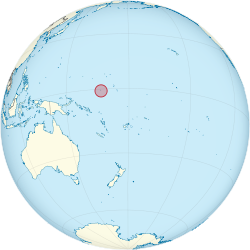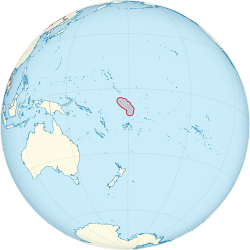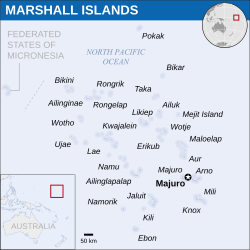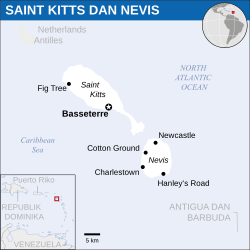10 SMALLEST COUNTRIES IN THE WORLD
A country is a defined geographical area that is recognized as a distinct political entity. It is characterized by its government, population, sovereignty, and internationally recognized borders. Countries may vary greatly in terms of size, population, culture, economy, and governance.
Key Characteristics of a Country:
- Territory: A country has defined geographical borders that distinguish it from other regions.
- Government: It has a system of governance (e.g., democracy, monarchy, dictatorship) that enforces laws, manages resources, and represents the country.
- Sovereignty: A country operates independently and has the authority to govern itself without external control.
- Population: Countries are inhabited by people who share citizenship or legal status within that country.
- Recognition: To be fully recognized as a country, it must be acknowledged by other nations and international organizations, such as the United Nations.
Components of a Country:
- Nation: Refers to the people of a country, often with shared culture, language, or heritage.
- State: Refers to the political and legal organization that governs the country.
- Borders: Physical or conceptual boundaries that define the extent of a country's territory.
Examples of Different Types of Countries:
- Independent Countries: Most of the world’s 195 recognized countries, such as France, Japan, and Brazil, have complete sovereignty.
- Dependent Territories: Regions controlled by another country but not fully sovereign (e.g., Bermuda under the UK).
- Micronations: Entities that claim to be independent countries but lack international recognition (e.g., Sealand).
A country's identity is often shaped by its history, culture, and relationships with other countries.
Here are the 10 smallest countries in the world by land area:
1. Vatican City
Area: 0.49 km²
Location: An independent city-state within Rome, Italy. It is the spiritual center of the Catholic Church.
2. Monaco
Area: 2.02 km²
Location: Along the French Riviera, Mediterranean. Known for its luxury, casinos, and Grand Prix.
3. Nauru
Area: 21 km²
Location: Pacific Ocean. This island nation is the smallest country outside Europe.
4. Tuvalu
Area: 26 km²
Location: Pacific Ocean. A low-lying country consisting of nine small islands.
5. San Marino
Area: 61 km²
Location: Enclaved within Italy. Claims to be the world’s oldest republic.
6. Liechtenstein
Area: 160 km²
Location: Between Switzerland and Austria. Known for its alpine landscapes and medieval castles.
7. Marshall Islands
Area: 181 km²
Location: Pacific Ocean. A nation of over 1,000 islands and atolls.
8. Saint Kitts and Nevis
Area: 261 km²
Location: Caribbean. A two-island nation with a vibrant history and tourism industry.
9. Maldives
Area: 298 km²
Location: Indian Ocean. Famous for its white sandy beaches and overwater resorts.
10. Malta
Area: 316 km²
Location: Mediterranean Sea, south of Italy. Known for its historical sites and cultural heritage.
These countries might be small in size, but many of them have significant cultural, historical, or economic importance.































